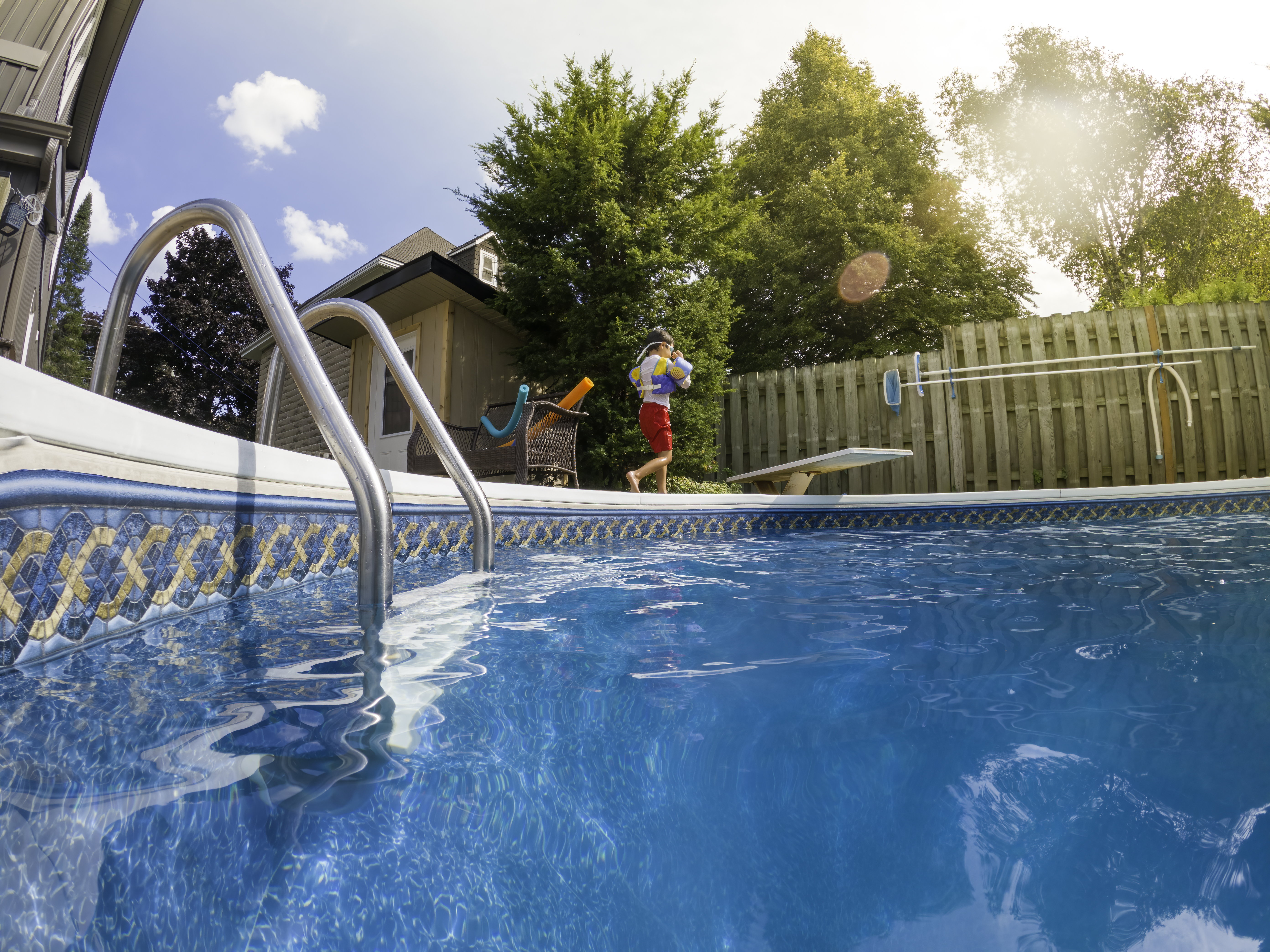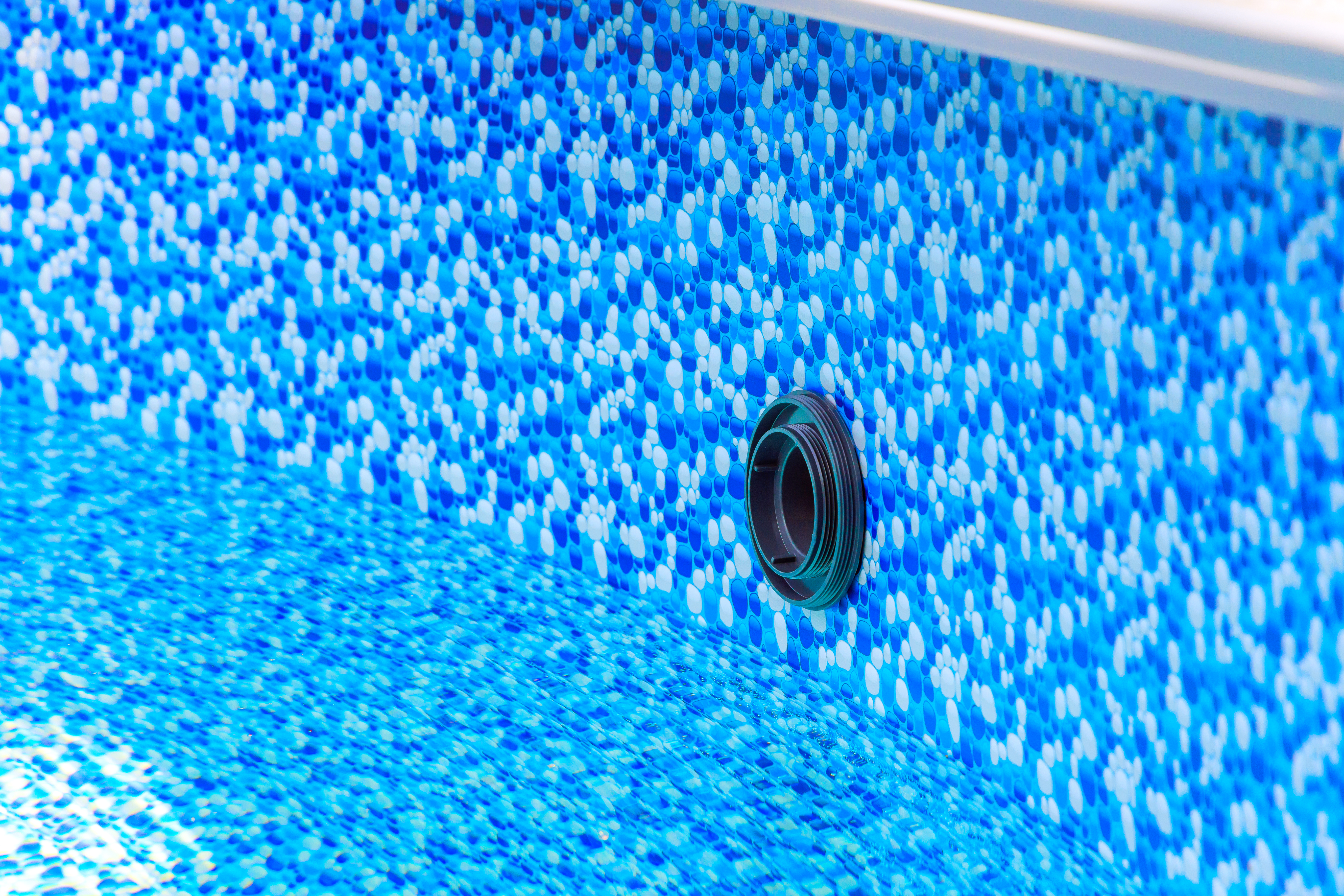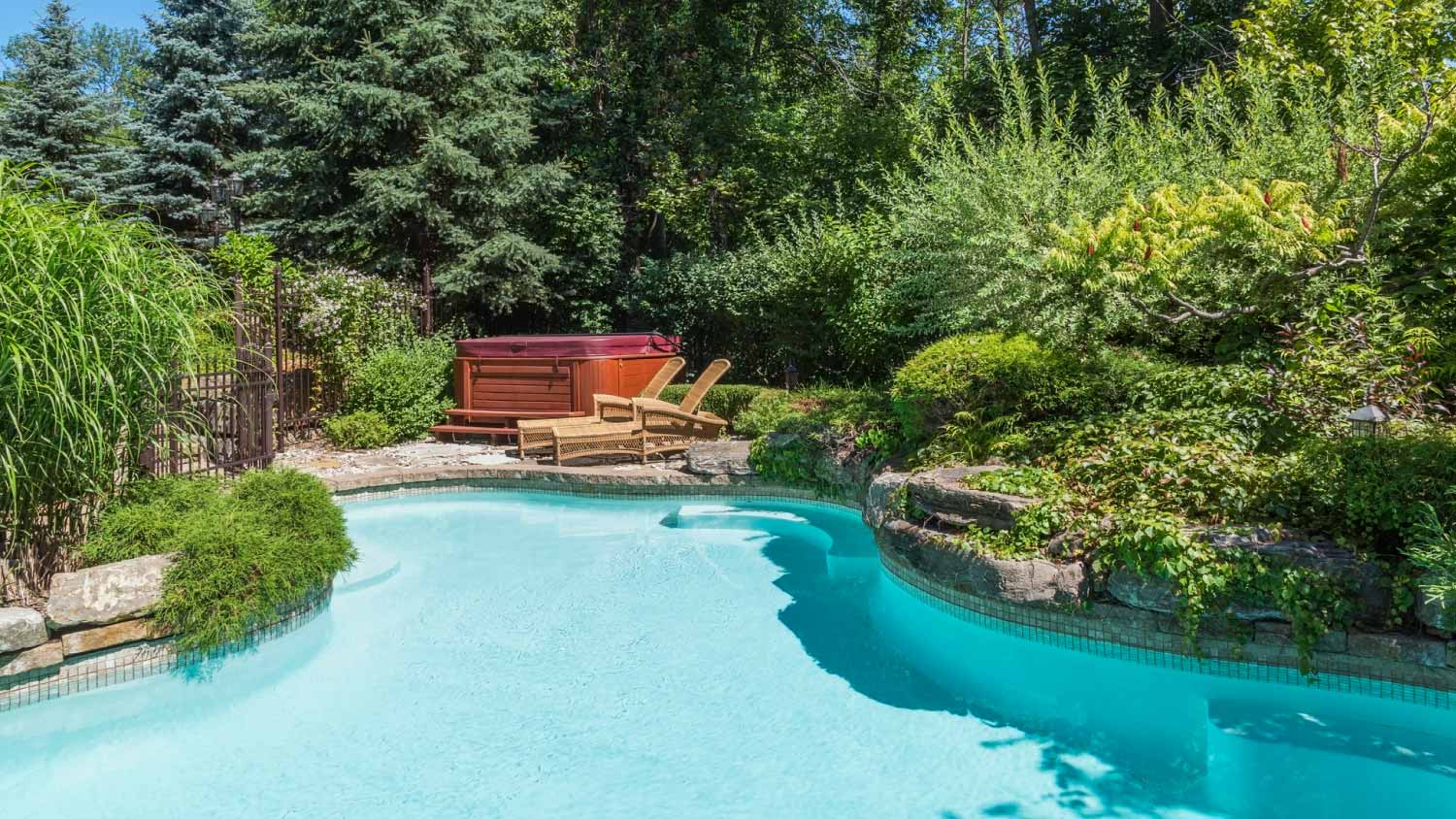
Pool covers are a great way to maintain safety, reduce cleaning, and even bring down utility bills. Learn how much a pool cover costs in this price guide.
Pool liner replacement costs in Dallas average $2,728, but homeowners can expect to pay between $1,329 and $4,127, depending on the size of the pool, liner type, labor costs, and necessary permits.


While pool liners last up to 20 years, vinyl pool liners should be replaced about every 10 years in Dallas.
Year-round warmth and sunshine make an in-ground pool a good investment in Dallas.
Keeping up with regular maintenance and replacing the pool liner as needed can help increase your home value.
Before jumping into this project, consider pool liner replacement costs in Dallas and how to budget for them. Homeowners pay an average of $2,728 to replace a pool liner in Dallas, but the actual cost can vary and fall between $1,329 and $4,127 when you account for the material and labor costs. The size and shape of the pool will also determine how much material you need.
Use this cost breakdown to make a plan, and don’t let pool liner replacement costs lap you.
To estimate the cost of pool liner replacement in Dallas, consider whether you have an in-ground or aboveground pool, the liner material, and the size of the pool.
In Dallas, fiberglass and gunite pools are popular for their durability, but vinyl pools are also a good option because you can replace the liner when it starts to look a little worse for wear. In-ground pool liner replacement is more costly than aboveground liner replacement, in part because they’re larger and take longer to install. The pool liner may also have to be formed around stairs and other features. In Dallas, it can cost as little as $300 for a basic aboveground pool liner and go as high as $8,000 or more for large in-ground pools.
The pool’s size dictates how much material is needed to replace the pool liner, and larger pools need more material. The table below gives cost estimates for different pool sizes based on an average pool liner replacement cost of $5 per square foot. Irregularly shaped pools, like L-shaped or kidney-shaped, cost more because of the additional labor or materials needed to create the right shape.
| Pool Size (Feet) | Average Pool Liner Replacement Cost |
|---|---|
| 6x8 | $240 |
| 8x12 | $480 |
| 8x20 | $800 |
| 10x8 | $400 |
| 12x20 | $1,200 |
| 16x32 | $2,560 |
| 18x36 | $3,240 |
| 20x40 | $4,000 |
Vinyl pools are popular for their affordability and versatility. When it’s time to change the liner, you have a few types of pool liners to choose from, depending on whether you have an in-ground or aboveground pool:
Beaded liner: Beaded liners require precise measurements, but they’re easy to install by snapping the liner bead into the bead receiver that runs the interior perimeter of the pool. Because they have to be custom-fit to the pool, they’re more expensive than other types. Beaded liners work for in-ground and aboveground pools.
Overlap liner: Overlap liners are a good choice for doing a DIY installation for an aboveground pool liner. The liner edges overlap the edge of the pool and are secured with coping strips. After securing the liner, you’ll cut the edges to remove any excess. Overlap liners won’t include a design around the top edge, and the cuts can look uneven, but they’re the most affordable option.
J-hook liner: J-hook liners feature a hook shaped like an upside-down “J” around the top edge of the liner that hooks to the edge of the pool. This makes the liner easy to install, but you will have to measure it precisely.
Uni-bead liner: Uni-bead liners have a liner bead and J-hook for two options. To install as a beaded liner, you’ll have to remove the J-hook strip around the top edge. This type of liner does have to be custom-cut to fit the pool, but because it’s a uniform height, it can have a design around the top edge.
Custom liner: Custom liners are the best choice if you have an irregularly shaped pool to ensure it fits correctly.
To choose the best liner, first determine your options for the type of pool you have. Overlap, uni-bead, and beaded liners are compatible with aboveground pools, and beaded and custom liners are compatible with in-ground pools.
Each type comes with its own advantages and disadvantages, so consider whether you’re doing a DIY installation or hiring a pool pro for the job.
| Liner Type | Average Cost | Pros | Cons |
|---|---|---|---|
| Beaded liner | $500–$1,000 | Secure attachment | Requires precise measurements |
| Overlap liner | $200–$600 | Low material and labor costs | Can’t have a design at the top and can leave folds |
| J-hook liner | $300–$700 | Easy to install with or without a bead receiver | If not measured properly, it leaves excess liner |
| Uni-bead liner | $400–$900 | Seamless look and is flexible | Need to be custom-cut to fit the pool |
| Custom liner | $1,200–$3,500 | Ideal for in-ground pools with additional features and irregular shapes | Expensive and requires a pro |
Liner thickness is measured in mil (1/1000 of an inch) and ranges from 20 to 30 mil. The thinner the liner, the more affordable it will be, but it won’t be as comfortable or durable as a thicker liner. You’ll also need to decide whether you want an embossed or non-embossed liner.
Non-embossed: Non-embossed liners have a uniform thickness, denoted by a single number—24 mil, for instance. They’re not as comfortable as thicker liners or embossed liners, but they’re less expensive.
Embossed: Embossed liners add comfort because they have peaks and valleys with varying thicknesses. Measurements are listed as the peaks over the valleys, such as 28/20, and these liners offer a compromise when choosing between a thinner liner and a thicker liner.
If you use your pool frequently in Dallas, you’ll want to choose the thickest liner that fits your budget. An embossed liner can offer more comfort at a lower cost than choosing a thicker liner. You can expect to pay an additional $300 to $500 more for thicker liners.
Dallas has year-round sunshine, making it ideal for a swimming pool. Temperatures average 65.4 degrees Fahrenheit, with winter temperatures between 37 and 58 degrees. Summer temperatures are in the upper 90s and low 70s. While you might not want to swim in 50-degree weather, you may be able to complete a pool liner replacement project outside of peak usage months.

In Dallas, pool liner replacement costs depend not only on the type and amount of material you need, but they’ll also depend on the cost of labor and whether you need to purchase a permit before completing the work. All of these factors help your pool liner installation pro give you an accurate estimate for the total cost of the project.
If you hire a pool liner installer in Dallas, Texas, they will assess the condition of your pool, drain it, complete necessary repairs, install the liner, and then refill it.
Labor to install a new pool liner falls between $1,000 and $2,500 for an in-ground pool and between $250 and $800 for an aboveground pool.
While you need a permit in Dallas to build an in-ground swimming pool, you may not need a permit to replace a pool liner. It’s best to consult your local pool liner installation pro to determine whether you need a permit to complete your project.
Building an in-ground pool has a return on investment (ROI) of 5% to 56%. For the average homeowner, a pool can raise home value by 5% to 7%. In Dallas, the ability to use your pool nearly year-round means it can increase home value more than it would in colder climates.
However, you have to keep the pool in good condition to reap the benefits. Replacing the pool liner can keep your pool looking turnkey and appealing to potential buyers.
No time to maintain your pool? Most pool contractors offer seasonal maintenance. Talk to your pro about scheduling check-ups to keep your pool healthy.
Home is the most important place on earth, which is why Angi has helped more than 150 million homeowners transform their houses into homes they adore. To help homeowners with their next project, Angi provides readers with the most accurate cost data and upholds strict editorial standards. We survey real Angi customers about their project costs to develop the pricing data you see, so you can make the best decisions for you and your home. We pair this data with research from reputable sources, including the U.S. Bureau of Labor Statistics, academic journals, market studies, and interviews with industry experts—all to ensure our prices reflect real-world projects.
Want to help us improve our cost data? Send us a recent project quote to [email protected]. Quotes and personal information will not be shared publicly.
From average costs to expert advice, get all the answers you need to get your job done.

Pool covers are a great way to maintain safety, reduce cleaning, and even bring down utility bills. Learn how much a pool cover costs in this price guide.

Many factors affect indoor pool costs. From different types and shapes to installation and maintenance, here’s what to consider when pricing out your project.

Are you thinking about filling your pool? The cost to fill a pool depends on the type of fill used and the size of your pool.

A pool cover protects against debris and temperature changes while also preventing accidents. This guide breaks down the five main types of pool covers to choose from.

If your water has high calcium hardness, it's important to learn how to lower calcium hardness in your pool water to avoid corrosion that can harm your pool's plumbing.

How much shock does my pool need? Here's how to calculate how much pool shock to add to your pool based on its overall water condition.